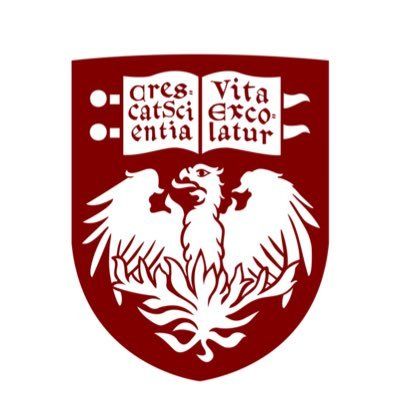Request Demo
Last update 08 May 2025
Familial Cerebral Cavernous Malformation
Last update 08 May 2025
Basic Info
Synonyms Familial brain cavernous angioma, Familial cavernous hemangioma, Familial cerebral cavernoma + [11] |
Introduction A rare evolutive vascular malformation disorder characterised by closely clustered irregular dilated capillaries that can be asymptomatic or that can cause variable neurological manifestations such as seizures, non-specific headaches, progressive or transient focal neurologic deficits, and/or cerebral haemorrhages. To date, mutations in three genes have been demonstrated; KRIT1, CCM2 and PDCD10, located on chromosome 7q21.2, 7p13, and 3q26.1 respectively, which encode proteins that, among their various functions, modulate junction formation between vascular endothelial cells. Transmitted as an autosomal dominant trait with incomplete penetrance. |
Analysis
Perform a panoramic analysis of this field.
login
or

AI Agents Built for Biopharma Breakthroughs
Accelerate discovery. Empower decisions. Transform outcomes.
Get started for free today!
Accelerate Strategic R&D decision making with Synapse, PatSnap’s AI-powered Connected Innovation Intelligence Platform Built for Life Sciences Professionals.
Start your data trial now!
Synapse data is also accessible to external entities via APIs or data packages. Empower better decisions with the latest in pharmaceutical intelligence.
Bio
Bio Sequences Search & Analysis
Sign up for free
Chemical
Chemical Structures Search & Analysis
Sign up for free
